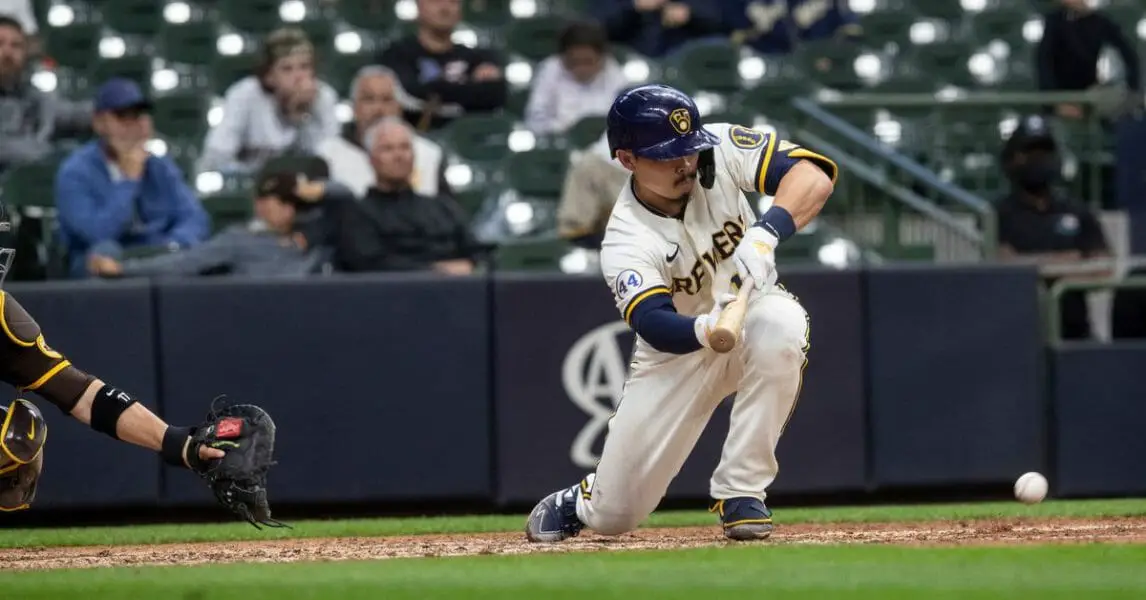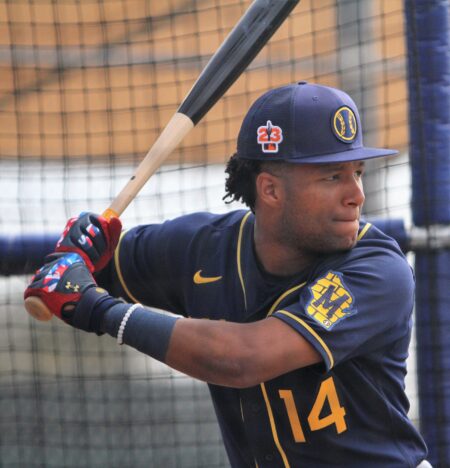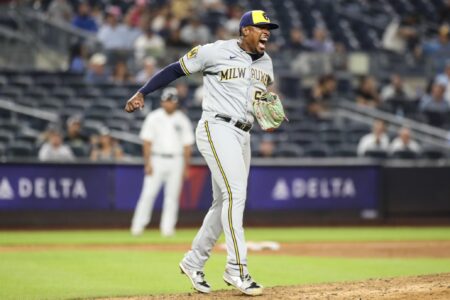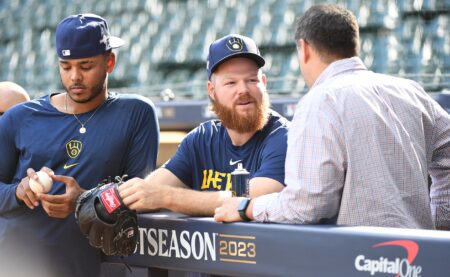Richard Pufall
Richard J. Pufall is a veteran sports journalist who spent 15 years at The Milwaukee Journal Sentinel, serving as deputy sports editor and executive editor of Packer Plus. He also worked as a sports editor, reporter and columnist for The Los Angeles Times, Chicago Sun-Times, Minneapolis Star-Tribune, St. Paul Pioneer Press and The Racine Journal-Times.






1 Comment
Totally agree with your “stance” on bunting. Yelich could get his average back to .350 if he’d drop bunts against the shift. Then, if they stop shifting, a few more of his ground balls to the right side would go through. That’s just one example, but there are others. How many close games have the Brewers been involved in? A bunt can be the difference in a one or two-run game.